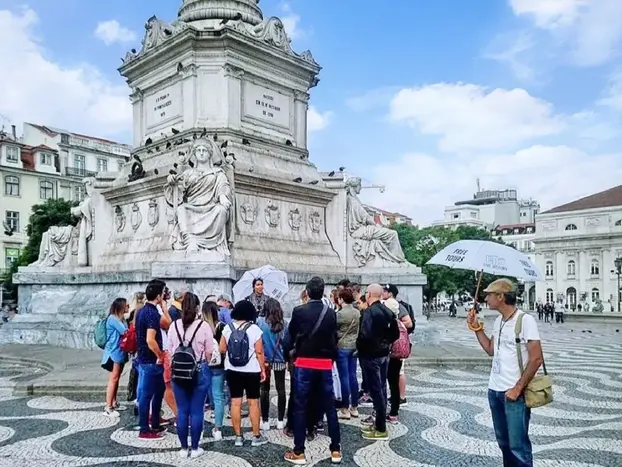
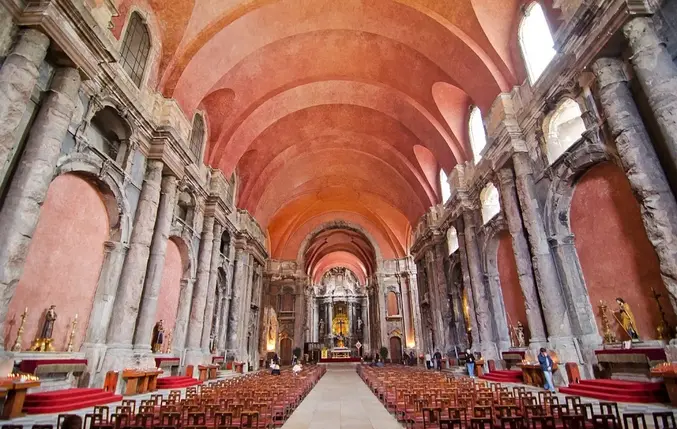
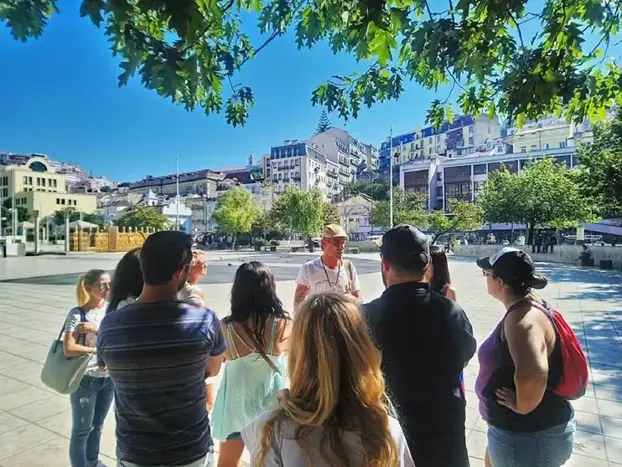
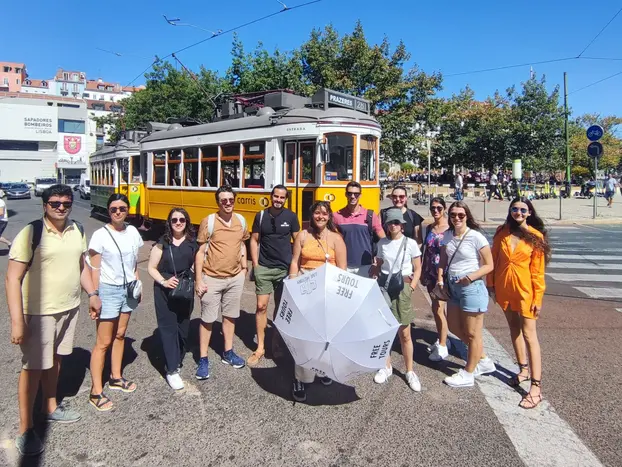
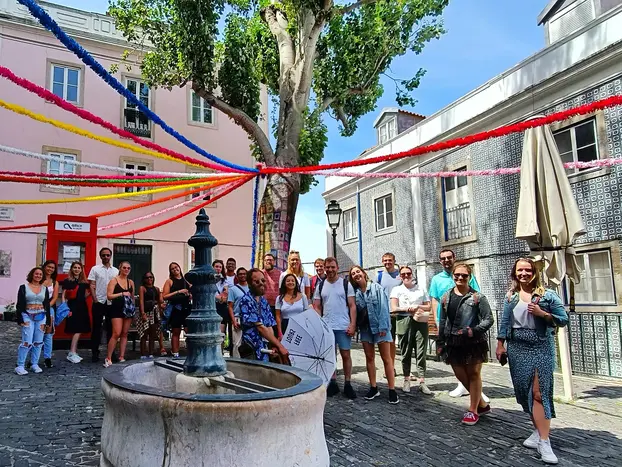
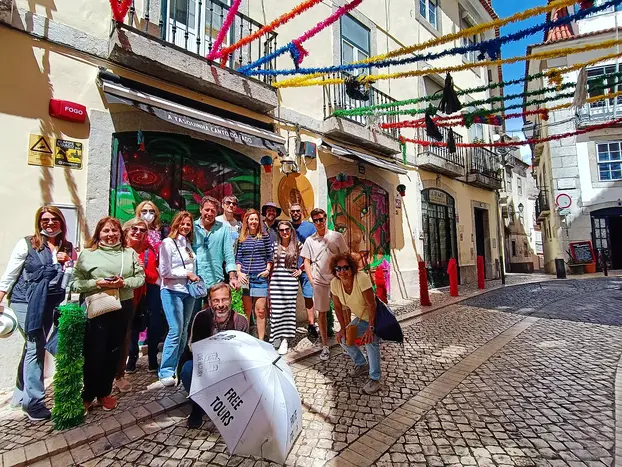
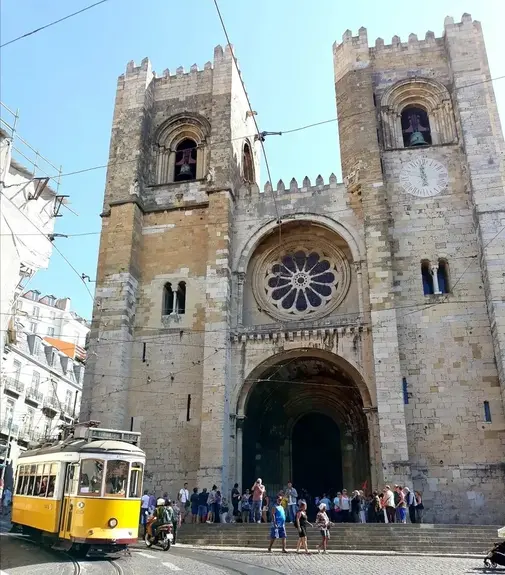
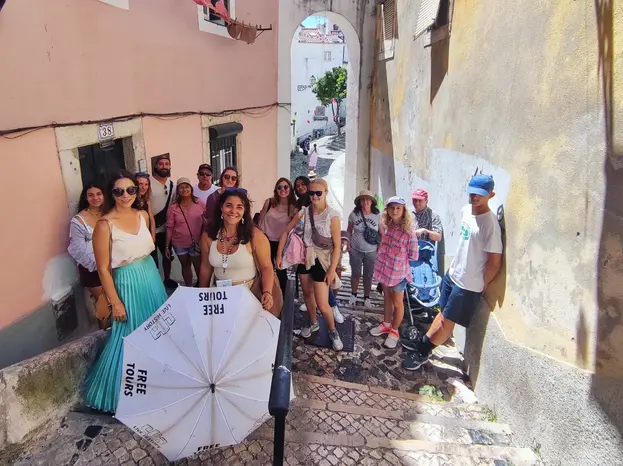

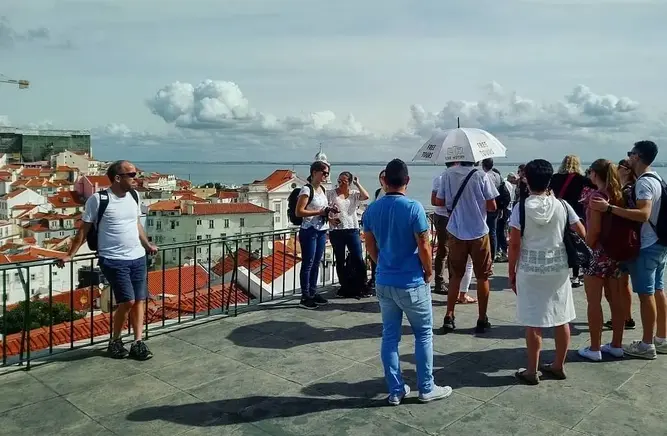
Alfama and Mouraria Free Tour: History vs Modern Facts (Lisbon)

Tour description
Cross the downtown of Lisbon, follow the old medieval walls, and enter Mouraria and Alfama, the oldest neighborhoods of the city that survived almost intact to the great earthquake of 1755, the birthplaces of Fado, where the true multicultural colors of Lisbon show up, ending up at some of the best sightseeing overlooks in Lisbon. On Tuesdays and Saturdays, we end near the famous flea market held on those days. :)
Learn the history and legends of the old town most representative neighborhoods, told by real local guides, getting a truly personal and insightful view on Lisbon, walking through the city's narrow alleys up and downhill, lost in time on a genuine "back to the past" tour.
Along the way, we will be visiting points of interest in the historic center of the city on an entertaining and informal guided tour where history, stories, and fun facts combine together.
Join us a bit before 10:30 by the statue at the center of Praça Dom Pedro IV. Our team is easy to identify using white umbrellas with our company branding Live History Walking Tours.
What will we see on this tour?








